Asthma Cooperative Agreement Partner Profile – California
California Breathing (CB) has been part of CDC’s National Asthma Control Program since 2000. They work alongside partners to reduce asthma disparities by providing disease surveillance, building community capacity, and developing evidence-based interventions that deliver evidence-based asthma self-management education and improve environmental conditions that cause or exacerbate asthma in disproportionately burdened populations.
Strategies in Action
- The Asthma Management Academy (the Academy) teaches guidelines-based asthma self-management education to community health workers (CHWs), using the guidelines-based “Asthma Education for the Community Health Worker” curriculum from the Association of Asthma Educators. The Academy is cofacilitated by a certified asthma educator and a CHW. It uses adult learning theory and participatory skill building activities, including asthma inhaler teach-backs. It is taught in both English and Spanish and is delivered in both virtual and in-person settings. Since 2018, the Academy has trained 603 CHWs from 88 community-based organizations, federally qualified health centers, managed care plans, and local health departments that serve patients with uncontrolled asthma in high asthma burden communities.
- All participants demonstrated proficiency in asthma knowledge and skills. On average, participants scored 98% on asthma knowledge and 97% on teaching proper use of spacers and four medication delivery devices. In a post-training evaluation completed by 140 participants, 81% reported having “no knowledge,” “very little knowledge,” or “some knowledge” about asthma before the training. After the Academy, 96% of the same respondents reporting having “a lot of knowledge” or “advanced knowledge,” and 80% answered all four knowledge-based questions correctly.
- Patients with uncontrolled asthma, who enrolled in asthma self-management education from CHWs who attended the Academy, experienced improved asthma outcomes; 83% demonstrated reduced hospitalizations and ED visits, 63% reported improvement in their asthma control, and 70% reported fewer missed work or school days due to asthma.
- In 2021, CB conducted a racial health equity assessment of the Academy to understand how CB can better serve Black communities, since Black Californians are five times more likely to go to the emergency department for asthma and four times more likely to be hospitalized for asthma, compared to White Californians. CB conducted interviews with 14 key informants (Black individuals and Black-led organizations) and identified overarching themes, including asthma not being a priority in the community, the need for Black trainers in the Academy, and partnering with Black-led organizations. As a result of the assessment, CB updated program materials that used more inclusive language focused on Black communities, partnered with a Black-led organization to facilitate the Academy training, and began focused recruiting for Black-led organizations in high asthma burden areas to attend the Academy.

Asthma by the numbers:
369,238 Adults with asthma
172,138 Children with asthma
In 2020, a total of 2,697,681California adults (9.1% of the adult population) and 641,471California children ages 0–17 years (7.0%) had asthma.
165,449 ER visits
17,594 Hospitalizations
In 2019, California recorded 165,449 emergency department (ED) visits and 17,594 hospitalizations due to asthma.
National Asthma Control Program: EXHALE
E
on asthma self-management
X
smoking and exposure to secondhand smoke
H
visits for trigger reduction and asthma self-management education
A
of guidelines-based medical management
L
and coordination of care across settings
E
policies or best practices to reduce asthma triggers from indoor, outdoor, or occupational sources
CDC’s National Asthma Control Program (NACP) and its partners help people with asthma achieve better health and improved quality of life. NACP developed EXHALE, a set of six public health strategies that each contribute to better asthma control.
Each EXHALE strategy has been proven to reduce asthma related hospitalizations, emergency department visits, and healthcare costs. Using the EXHALE strategies together in a community can have the greatest impact.


